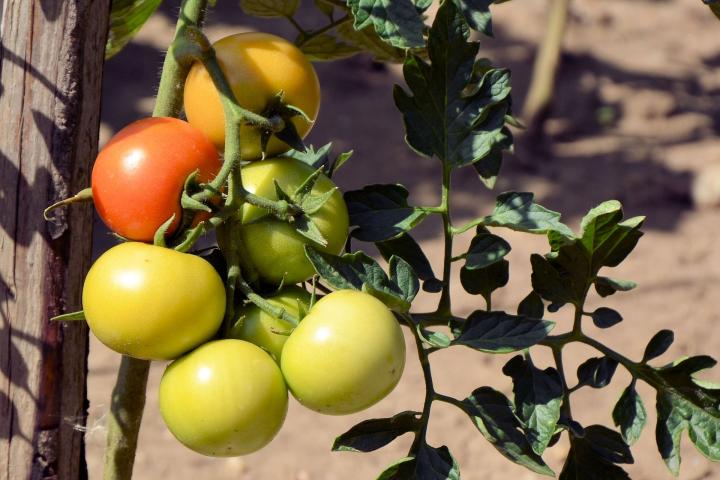 |
| Tomatoes |
Generally, you will want to make sure seeds are clean and dry before storing them. Below is a rundown of gathering, treating, and storing the most commonly-saved garden vegetable seeds. (If you haven’t read our primer on seeds, you may wish to review the article, “Start Saving Those Vegetable Seeds“ first.)

Tomatoes on the vine
TOMATOES AND CUCUMBERS
Because tomatoes and cucumbers have seeds that are coated with a gel, the first step is to remove it by fermentation. The process smells bad, however, so don’t do it in an enclosed room in the house. Follow these steps:
Squeeze or spoon the seed mass into a waterproof container (glass, jar, plastic cup, or deli container).
Add enough water to equal the volume of the seed mass, and put the container in a warm spot out of direct sunlight.
Stir the contents at least once a day.
In a couple of days, the viable seeds will sink to the bottom and bad seeds and debris and white mold will float to the surface.
Wait five days for all the good seeds to drop, then rinse away the gunk at the top.
Wash the seeds in several changes of water, and lay them out in a single layer on a glass or plastic plate or screen.
Put the plate in a warm place until the seeds are fully dry, which can take several weeks.
Green bell peppers
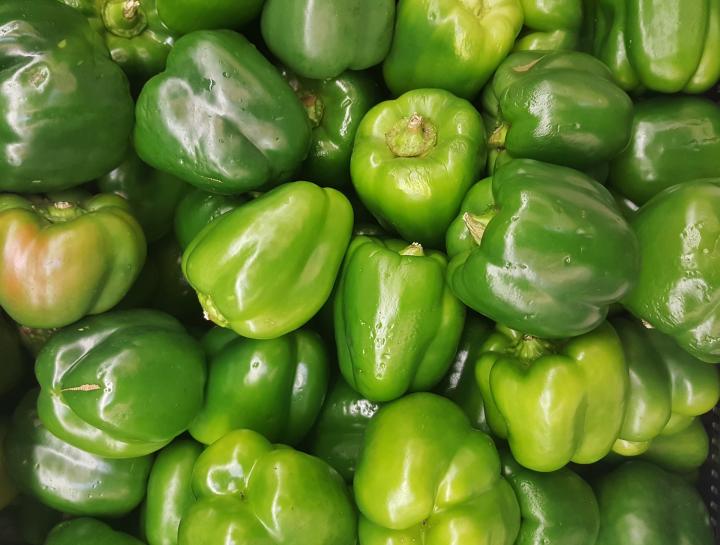
PEPPERS
Cut peppers open to find the seeds in a mass on the central stem.
Brush them off the stem onto a plate or screen.
Put seeds aside to dry.
Squash and pumpkins
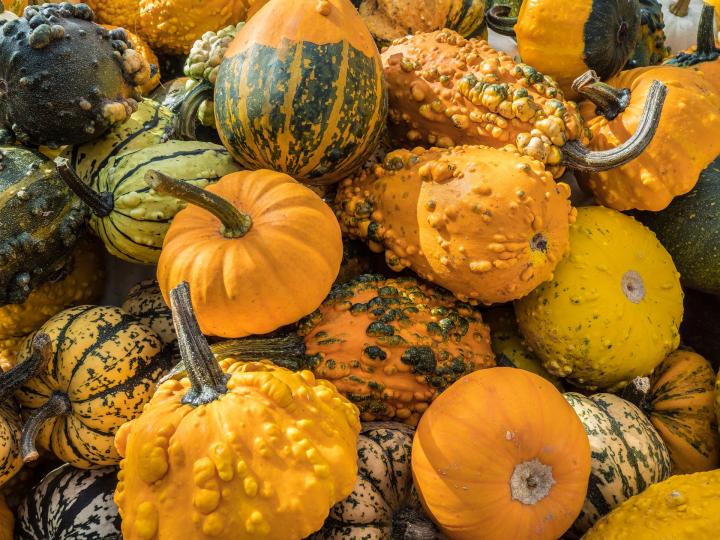
SQUASHES AND PUMPKINS
When squashes are ready, break them open and remove the seeds.
Hold the seeds under running water, rubbing them between your fingers to remove any stringy material and membrane.
Then lay them out on a plate or screen to dry.
Watermelons
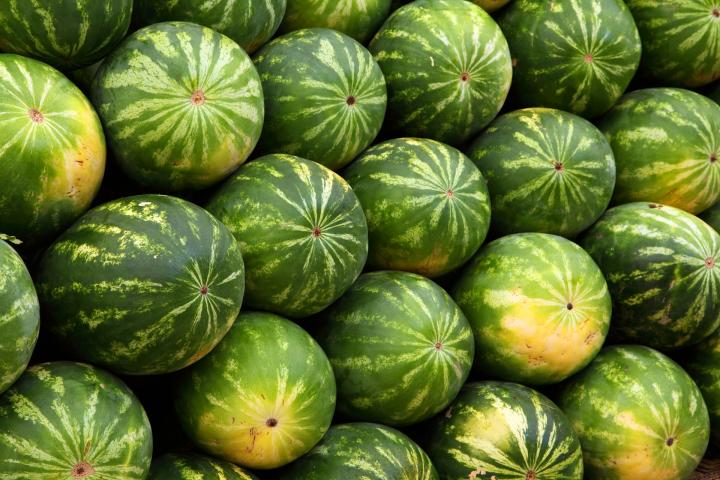
MELONS
For watermelons, simply rinse the seeds under running water to remove any traces of flesh or membrane. For cantaloupe and musk melon, seeds will have more fibers and membrane attached to them. Wash this off, rubbing the seeds between your fingers to remove as much as the debris as you can.
Then put the seeds in a container of water, and the good seeds will sink to the bottom.
Remove what comes to the top, give the good seeds another rinse, and dry them on a plate or screen.
Green beans
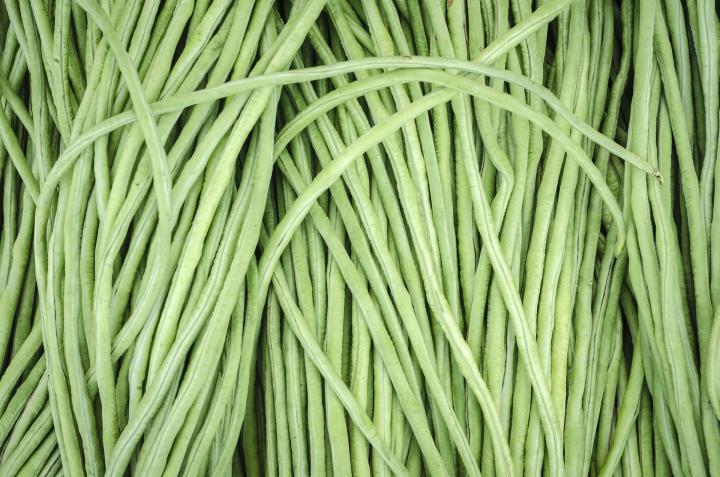
PEAS AND BEANS
Pick the brown pods from the vines and remove the seeds, which will require about six weeks of air-drying. One way is to put them in loosely woven baskets and stir them once a day.
If frost or other inclement weather threatens legumes that are ripe but not dry, pull up the vines by the roots, and hang the plants upside down in a warm area, such as your basement or barn. The pods will draw energy from the plants for another few days, which will increase the seed viability.
OTHER PODS
Radishes, lettuce, and Chinese greens also produce seeds in pods after the plant has flowered. With these vegetables, too, it is best to let the pods dry on the plant.
These plants, however, tend to dry from the bottom up, a few pods at a time. The dry ones are prone to shattering and spreading their seed all over the ground, so either bag the seed heads—literally putting a paper bag tied at the base over the plants to capture the seeds—or pick the dry pods on a daily basis. Old nylons or row-cover materials work well for bagging because you can still see what’s going on with the plant.
STORING SAVED SEEDS
Once your seeds are completely dry, they can be stored in any dry, secure container and kept in a cool, dry area. Keeping them dry is very important (as you probably could have guessed by now).
For large seeds, such as beans, you can recycle the cardboard canisters that certain snack foods come in.
For small seeds, such as pepper and tomatoes, washed-out pill bottles work well.
How long a seed remains viable depends on its type and the environment it’s kept in. Tomato seeds may last for more than five years, while squash seeds typically last for less time. You can extend seeds’ viability by freezing them, especially if you have a zero-degree freezer. Properly dried and frozen seeds can remain viable for at least 40 years! See How Long Do Seed Last? for more information.
We hope that you will enjoy saving the seeds from your favorite plants! If you have any tips, please post below!










Buy Flower Seeds Online
ReplyDeleteThank you for this insightful article on vegetable seeds! I really loved how you explained the entire process in such a simple and engaging manner. After reading this, I've decided to start using kakadi seeds in my own garden, and I can already see the benefits. Keep up the great work!
ReplyDelete